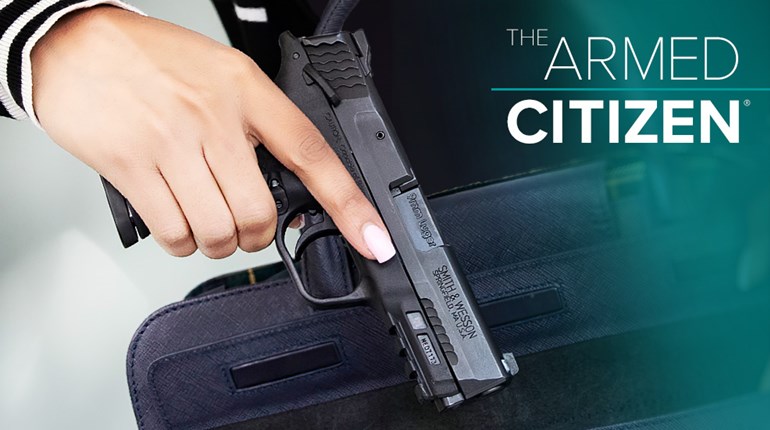
Factors such as body type, one’s wardrobe, carry location and even seasonal conditions must be considered to determine the handgun best suited for your concealed-carry needs.
The Problem
You have been shooting handguns for slightly more than a year. You have taken a few classes and feel comfortable with being safe and shooting targets with your full-size Glock and SIG Sauer pistols.
After scouring the internet for information, pestering your friends at the range and taking your first concealed-carry class, you are ready to move into the ranks of those who carry concealed on a daily basis. Before you do, however, you would like to get another opinion on what type of pistol could best suit your purposes and why, since you consider the pistols
you are currently shooting to be too big and heavy for everyday carry.
The Solution
The information you have provided leaves a broad range of possibilities from which to choose. I can give you some general guidelines with which to work that will give you some direction and a few things to consider. The order of my suggestions is not hard and fast, but will help with the logical sequencing of your decision-making process.
Now that you have made the decision to join the ranks of those who carry concealed every day, deciding where you feel most comfortable in carrying a gun on your person would be a good place to start. With concealment in mind, consider comfort, ease of accessibility for the draw and recovery, retention in the event of a physical confrontation or activity where the gun’s use wasn’t warranted and convenience of putting on and removing the hardware as necessary while conducting daily activities.
A person’s body size and type impact the carry location and the size of the gun that can be concealed. As a generalization, the bigger the person, the bigger the pistol that can be concealed.
The wardrobe of an individual, more often than not, has to be expanded a size or two in order to fit comfortably while carrying concealed. This is applicable particularly at the waistline and in the numbers of garments added to the clothing collection to effectively hide the gun on all occasions.
The gun itself, according to your comments, needs to be smaller and lighter when fully loaded than your full-size Glock or SIG pistols.
It would make sense to investigate pistols offered by Glock and SIG that are smaller and lighter versions of the full-size guns you already have in inventory. Commonality in operation goes a long way in learning to use a new pistol for a different purpose. Both Glock and SIG have compact, subcompact and micro-size variants that operate identically to their bigger brothers. That is not to say that other brands of pistols and even revolvers should be overlooked in your quest now and in the future for everyday-carry armament. It is just to suggest that, for initial entry into a new endeavor, simplicity tends to make the transition easier.
The selected carry method and carry location will help to determine what size and weight gun can be concealed effectively on your person.
Another important consideration is the size and strength of your hands. From a size perspective, it needs to be determined whether the grip is too big or too small, as well as whether the trigger finger can reach and pull the trigger when the gun is gripped properly. Ideally the gun will sit in the web of the dominant hand parallel to the extended index finger with the remaining three fingers in contact with the frontstrap of the grip. Think in terms of having to shoot and control the gun with one hand only, when considering fit. If two hands are available, all the more the better, but there are no guarantees in a gunfight.
Hand strength is critical in controlling the gun during recoil, especially for follow-up shots and shooting from improvised positions. Hand strength is also important when handling the gun to lock the slide to the rear and perform immediate action in the case of a stoppage.
The caliber or cartridge you choose for your EDC pistol is determined by several factors: Controllability, especially when shooting with one hand, is extremely important, as hitting your target is dependent upon it. Capacity of the magazine or cylinder is also a concern, as it affects when and how often a reload is required as well as where on your body the spare ammunition for the reload will be carried.
In general, .380 ACP, 9 mm and .38 Spl. are considered base-line cartridges for concealed carry. Relatively new on the scene is the 30 Super Carry, which closely duplicates the 9 mm in power, but its smaller diameter increases magazine capacity of the pistol in which its chambered. The .327 Fed. Mag. is a revolver cartridge that is similar in power to the .38 Spl. but has the advantage of adding to capacity due to its smaller overall diameter.
There are lots of good choices available. Hopefully by following the guidelines I have provided you will find the ideal fit for your first everyday carry gun.




































